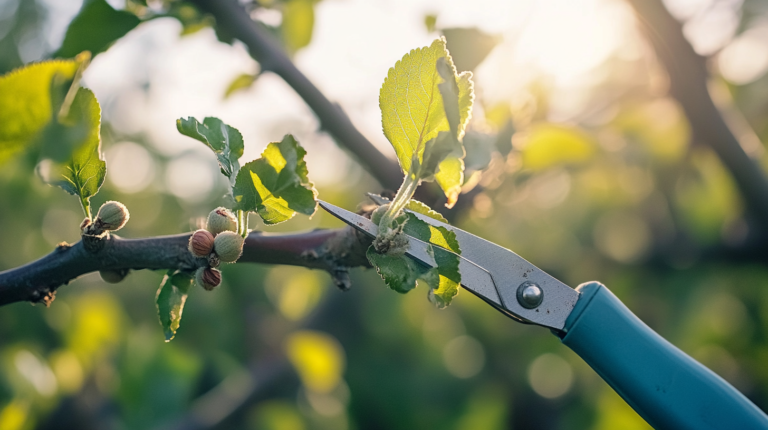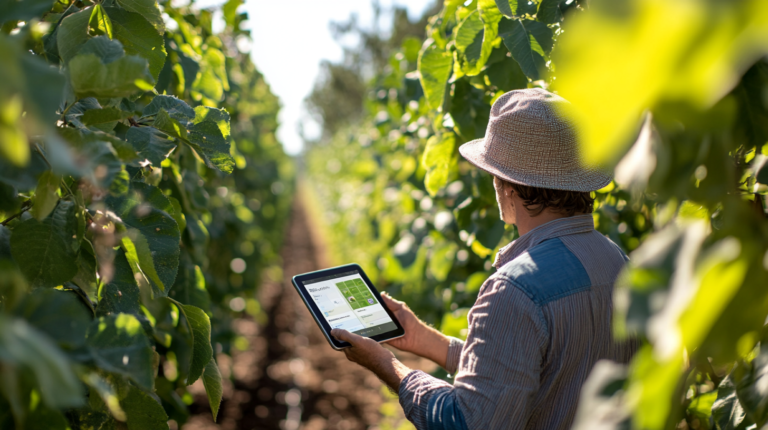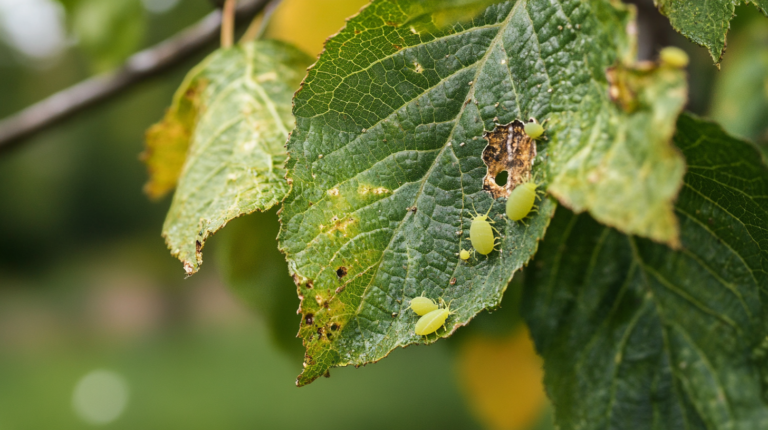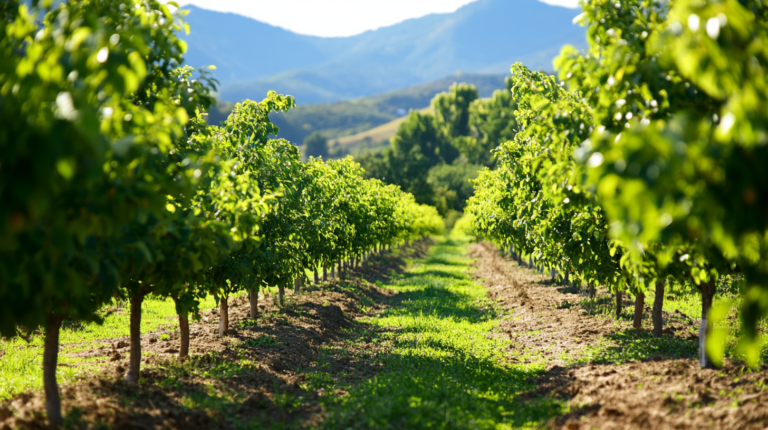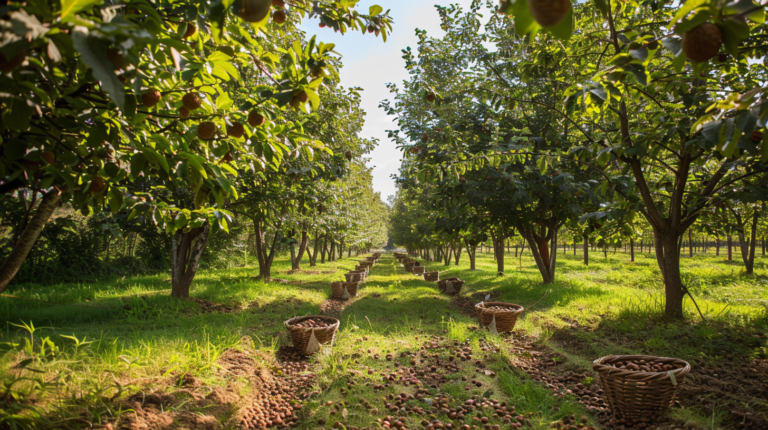Starting Your Hazelnut Orchard: Essential First Steps
Starting Your Hazelnut Orchard
Embarking on the journey of establishing a hazelnut orchard can be both a lucrative and satisfying endeavor. Known for their rich flavor and numerous health benefits, hazelnuts are in growing demand both in culinary and commercial sectors around the world. Starting a hazelnut orchard requires careful planning and understanding of the crop’s specific needs. This article will guide you through the essential steps from site selection and preparation, variety choice, to the first planting and early care of your hazelnut trees, ensuring you set the foundation for a productive and profitable orchard.
Understanding the Basics of Hazelnut Cultivation
Hazelnuts, also known as filberts, belong to the genus Corylus and are primarily grown for their nuts. Hardy and relatively easy to grow once established, these trees can provide yields for many years, making them an appealing choice for many farmers.
Reasons to Choose Hazelnut Cultivation:
- Economic Benefits: Hazelnuts command a high market price and are in constant demand for their use in various products such as spreads, confectioneries, and oils.
- Environmental Impact: Hazelnut trees contribute to soil stabilization and can be part of sustainable agriculture practices.
- Market Demand: With the popularity of hazelnut-flavored products increasing, entering the hazelnut business is strategically sound.
Pre-Planting Considerations
Before you start planting, several factors need to be carefully evaluated to ensure the success of your orchard.
Choosing a Suitable Location:
- Climate Requirements: Hazelnuts require a temperate climate but are adaptable to a range of conditions. They need enough chill hours to bloom and produce nuts but are sensitive to extreme frost during the blooming period.
- Soil Types and Preparation: The ideal soil for hazelnuts is well-drained, fertile, and slightly acidic to neutral in pH. Soil tests should be conducted to determine nutrient levels and pH, and necessary adjustments should be made to optimize conditions.
Legal and Environmental Considerations:
- Zoning Laws: Check local agricultural zoning laws to ensure that your land can legally be used for hazelnut cultivation.
- Environmental Impact Assessments: Consider the environmental impact of your orchard, including biodiversity, water use, and chemical inputs.
Planning Your Orchard Layout
Designing the layout of your orchard is crucial for ease of maintenance and maximizing yields.
Designing the Orchard Layout:
- Space Planning: Standard spacing is about 15-20 feet between trees and 20-30 feet between rows, depending on the variety and the machinery used.
- Orientation: Plan for maximum sunlight exposure and efficient water drainage.
Infrastructure Needs:
- Irrigation Systems: Depending on your climate, drip irrigation might be necessary to provide consistent moisture during dry periods.
- Fencing and Protection: Protect your young orchard from wildlife and livestock if necessary.
- Storage and Processing Facilities: Plan ahead for the facilities you’ll need for storing and processing nuts.
Selecting the Right Hazelnut Varieties
Choosing the right varieties is critical for adapting to the local climate, soil conditions, and market demands. Different varieties not only have varying climate and soil preferences but also differ in their resistance to diseases and pests, yield potential, and nut qualities.
Factors to Consider:
- Climate Adaptability: Ensure the variety you choose can withstand the local winter chill and summer heat.
- Disease Resistance: Some varieties are bred for resistance to common diseases like Eastern Filbert Blight, which is crucial for reducing loss and chemical use.
- Pollination Requirements: Hazelnuts are typically wind-pollinated and require compatible varieties for effective cross-pollination. Planting pollinizer trees at strategic locations is essential.
Popular Commercial Varieties:
- Corylus avellana ‘Barcelona’ — Known for its large nuts and popularity in commercial markets.
- Corylus americana — Offers resistance to some diseases and adapts well to different soil types.
Planting Techniques
Planting hazelnut trees correctly is fundamental to the success of your orchard. The timing and technique of planting can significantly influence the survival and growth rate of young trees.
Best Time to Plant:
- The ideal time to plant hazelnut trees is during the dormant season, from late fall to early spring, depending on your climate.
Step-by-Step Planting Guide:
- Preparation: Clear the land and ensure the soil is well-tilled.
- Hole Digging: Dig holes twice the width of the root ball and as deep as the root length.
- Tree Placement: Position the tree so that the root collar remains just above the soil surface.
- Backfilling: Fill the hole with a mix of native soil and compost to provide initial nutrients.
- Watering: Water thoroughly after planting to settle the soil around the roots and eliminate air pockets.
Early Care and Management
The first few years are crucial in establishing a robust hazelnut orchard. Proper care during this phase sets the foundation for future productivity and health.
Watering Requirements:
- Young trees require consistent moisture, especially during dry spells. Establish a watering schedule that keeps the soil moist but not waterlogged.
Nutrition and Fertilization:
- Conduct soil tests annually to adjust nutrient levels based on tree needs.
- Apply a balanced fertilizer that promotes root and shoot development without overstimulating.
Weed and Pest Management:
- Weed Control: Maintain a weed-free zone around each tree to reduce competition for nutrients.
- Pest Management: Monitor for pests such as the filbert worm and mite. Use integrated pest management practices to control infestations without harming the environment.
Long-term Growth and Maintenance
As the trees mature, your focus will shift towards maintaining their health and optimizing nut production.
Pruning Techniques:
- Prune during the dormant season to shape the tree and enhance sunlight penetration, which is crucial for nut development.
- Remove dead or diseased branches promptly to maintain tree health.
Monitoring Growth:
- Keep track of growth patterns to identify any issues early, such as nutrient deficiencies or water stress.
Adjustments and Interventions:
- Adjust care practices based on tree development and orchard performance. This might include changes in irrigation, fertilization, and pest management strategies.
Preparing for the First Harvest
The first harvest is a significant milestone and requires preparation to ensure quality and ease of harvesting.
Timeline and Signs of Readiness:
- Hazelnut trees typically begin to produce nuts 4-6 years after planting. Look for signs of nut maturity such as the browning of husks.
Harvesting Techniques:
- Depending on the scale, nuts can be harvested manually or with mechanical harvesters.
Post-Harvest Handling:
Proper handling, including drying and storage, is crucial to maintain quality and prevent spoilage.
Conclusion
Starting a hazelnut orchard is a rewarding venture that requires attention to detail and a deep understanding of agricultural practices. By following these essential first steps, you set the stage for a productive and sustainable orchard that can thrive for generations.
For more detailed guides on hazelnut cultivation and specific care practices, subscribe to our newsletter and stay updated with the latest agricultural tips and trends.

